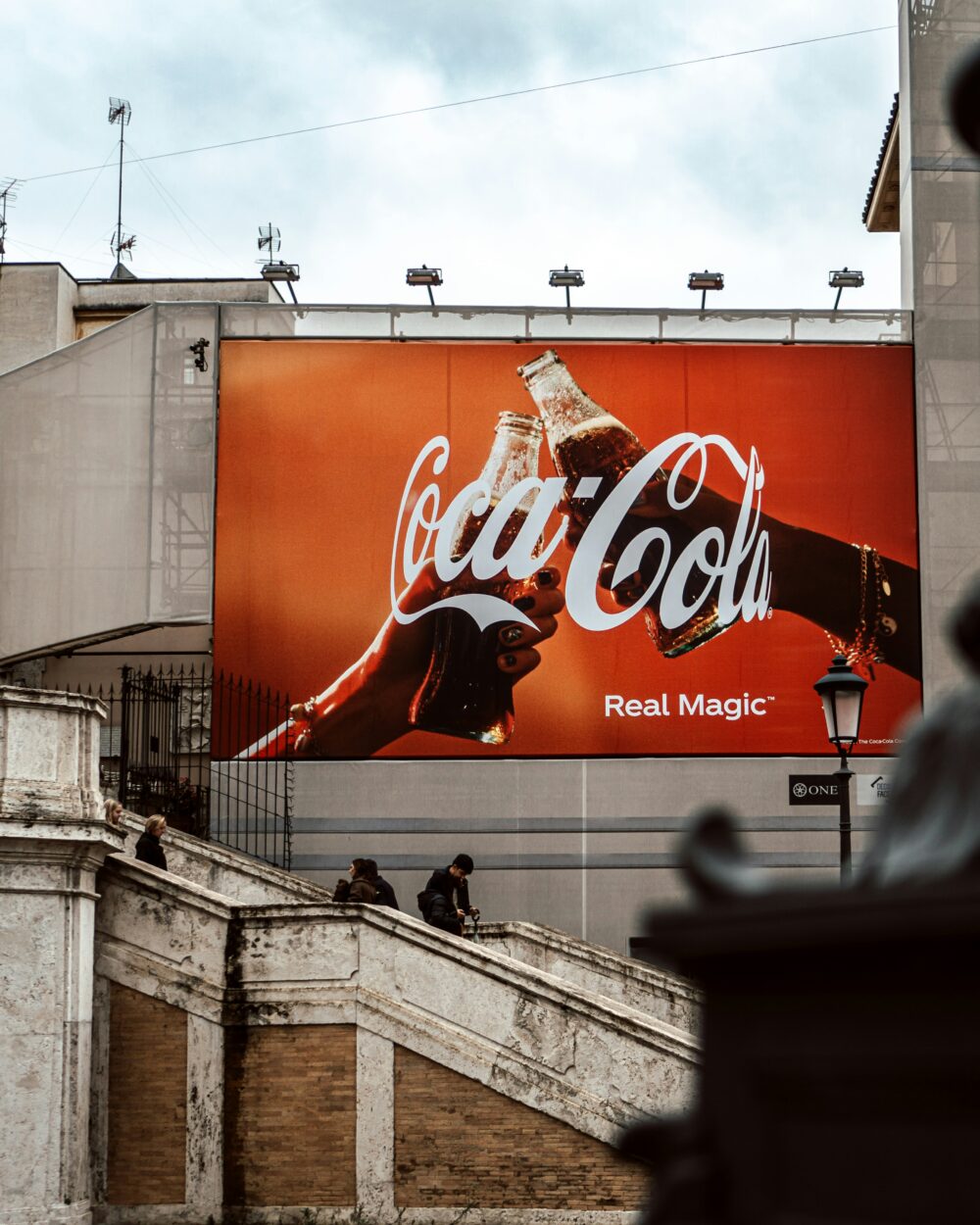How is marketing translation different from other kinds of translation such as technical, legal and medical translation? How can brands identify and overcome the risks and challenges of translating marketing copy for global campaigns?
Most translated marketing material is quite poor because it lumped in with more general copy and processed in bulk. This is a bit like taking your top line promotional materials or brochure and printing them on your most basic black and white printer or photocopier and sending that to your client. Without fail, poor translation of marketing copy leaves a negative brand impression in the same way that bad presentation (photocopied brochure) does.
Every translation field has its own traps and pitfalls, however, the adaptation of marketing copy to several local cultures is particularly challenging. This is because translating marketing copy requires a deep understanding of how the character of the brand is going to be conveyed in another language and culture – and perceived by the target audience.
Well researched marketing translation will strengthen a brand’s identity on a global scale, while preserving its uniqueness in each market. On the other hand, literal translation of marketing copy will almost certainly damage your brand.
Marketing copy is not just about advertising, product descriptions and sales letters. Nowadays, ‘Content is king’ thanks to the exponential growth of communication channels available to brands. This means that valuable and well-written content is – more than ever – a key driver to establish a strong international reputation and increase revenues. In this context, every single piece of copy now plays an essential role to thriving global business.
Why is Marketing Translation Different?
First of all, understanding the goal of marketing copy is paramount. Is it to introduce your brand and its character, or to describe its benefits? To communicate its USP or to define your audience’s reason to believe? Whatever the purpose, it is important to understand the aim of the copy. Only then can you apply the appropriate process to achieve the desired result.
In order to translate marketing copy, further stages are required to ensure the message is creatively adapted, communicates effectively and stays on brand.
Conveying the source message in a powerful and culturally acceptable way, wherever and however it appears in the world – in a nutshell, should be the ultimate goal of all marketing translations. The only way to deliver high quality results is to have a deep and comprehensive understanding of the target audience.
Strong writing skills are also extremely important and so is creative licence. Allowing writers creative freedom is key to successfully adapt marketing copy. While good technical translators are expected to be extremely accurate and as faithful as possible to the original text, marketing translators should be focused on meaning, brand values and tone of voice, not the actual words.
A literal translation can be both right and wrong, linguistically correct, yet utterly meaningless at the same time.
4 Marketing Translation Traps
A little slip can make the difference between success and failure. Here’s a short list of the trickiest elements, which are always worth bearing in mind when it comes to launching global marketing campaigns.
Humour
One man’s LOL is another man’s WTF? – This term gets nearly 54m hits on Google. And incidentally it applies to women too (!)… And it is just people debating whether something is funny or not in English. So consider the challenge when adapting ‘funny’ into a foreign language or different culture.
Metaphors, Puns, Idioms
Copywriters make frequent use of puns, repetition and alliteration when writing headlines, taglines or advertising copy in general. These linguistic devices are usually what make adverts appealing and memorable. Yet this sophisticated approach relies upon a detailed understanding of local culture. When taking these concepts overseas, while the language can be translated, ideas themselves may not travel so easily.
There is no need to sacrifice creativity, though. When marketing copy includes elements such as idioms, metaphors or wordplay, transcreation is the best approach. It’s the best way to preserve the subtle nuances of the language and special stylistic features of the original copy.
The transcreation process takes on board cultural considerations and idiomatic language. The resulting copy may look quite different in a literal sense, but it will say the same thing to its audience and convey the intended nuance in a way that is in line with brand character and local sensibilities.
Imagery & Colours
The right image will spark emotions and deliver brand messages in a persuasive, compelling and subtle way. Therefore, the choice of images, photographic style and colours plays a key role in defining the brand identity.
Nevertheless, these elements can be a double-edged sword. Just as words can have different meanings in different contexts, the same applies to imagery that will be positive in one market and have negative associations or simply make no sense within other markets and cultures.
This happened, for instance, to Gerber, who started selling baby food in Africa – not considering the local culture. The company used an image of a baby on the packaging without realising that, in many African cultures, companies put pictures on the label of what’s inside, since many consumers are illiterate.
The same goes for colours, which often have opposite connotations across cultures. The most famous example is White, which is the colour of purity and peace in the Western cultures, while mainly associated with mourning and misfortune in the East. (To see more about colour associations, click here).
Cultural Blunders & Brand Names
Whether in written or iconic form, everything to do with traditions, religion and cultural beliefs needs to be carefully considered before starting the translation phase.
Companies also need to pay particular attention to brand names. Is the English version appropriate in a given cultural context? Are there any potentially offensive connotations?
Lack of cultural research has cost Puffs, the popular US tissues brand, dear. In Germany, they decided to keep their English name, although “Puff” turned out to be a colloquial term for a whorehouse. A similar word, “Pouf,” is also an offensive term for homosexual in England. (More examples here).
At Creative Translation, we take into account all of these considerations when adapting your marketing copy. Whatever industry your brand operates in, you need creative translators, editors and copywriters who specialise in your particular field to adapt your marketing copy successfully. Along with translation and transcreation, we provide cultural feedback and market insight to ensure your copy speaks to its target audience.
To discover how we can help you translate your marketing copy, call us on +44 (0)20 7294 7710 or email us at info@creativetranslation.com for further information or a quick quotation for your next project.
Photo by Vinzent Weiskopf on Unsplash





